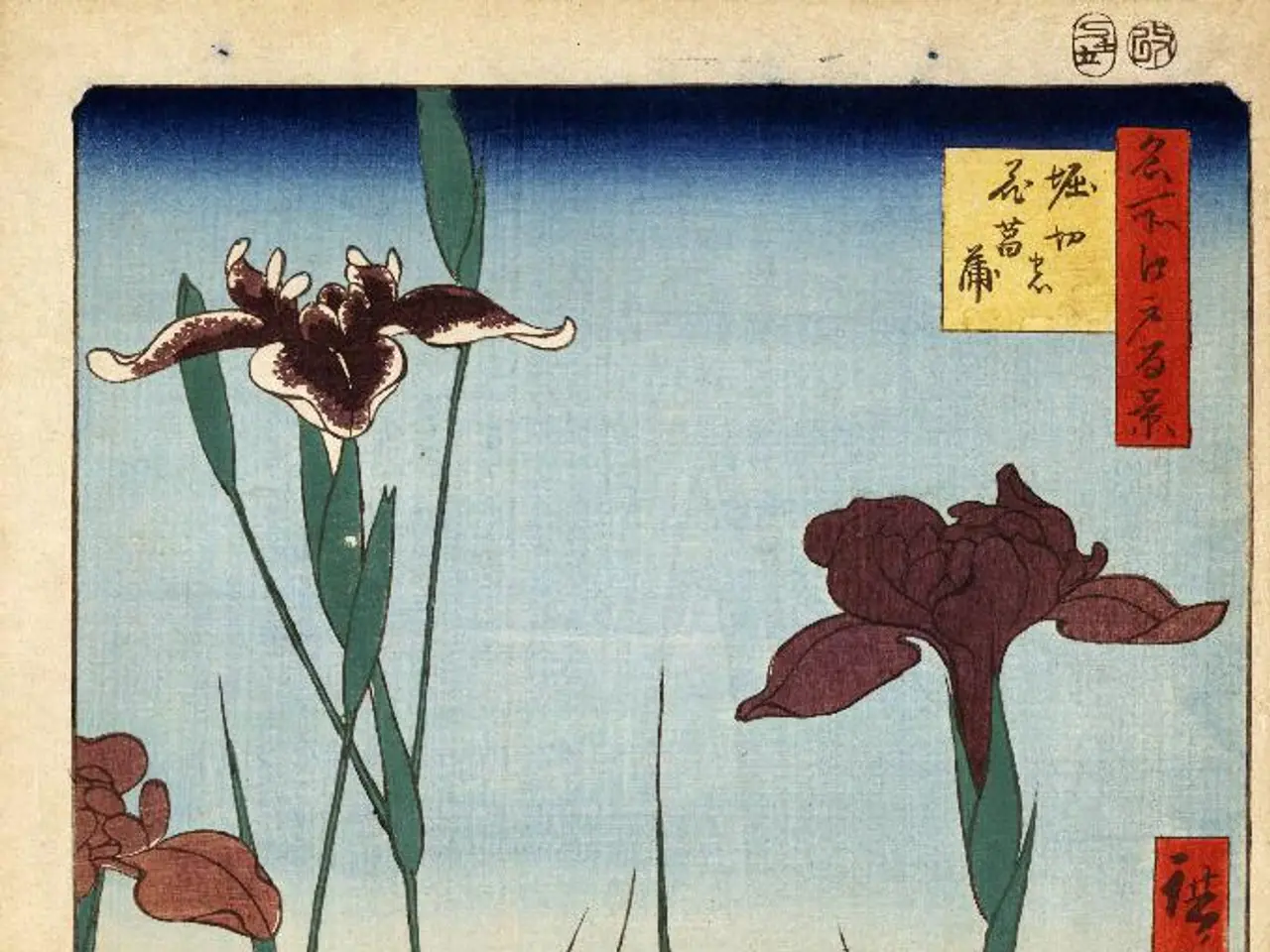Guide for Cultivating Native Australian Plants
In the world of gardening, blending native and exotic plants can create a unique and visually appealing landscape. Here are some key tips to help you successfully combine these plants while considering climate, soil, and water requirements, and creating a cohesive aesthetic.
1. Match plants to local climate and soil conditions.
Start with native plants well-adapted to your region as they typically require less water and maintenance. Exotic plants chosen should have similar climate tolerances to native species. For instance, in Indiana, native combos like Eastern Redbud with Wild Columbine thrive in local conditions, providing ecological benefits with minimal care. Consider soil type and water needs to avoid mismatches that cause stress.
2. Group plants according to water needs.
Combine plants with similar moisture requirements to simplify irrigation. For example, drought-tolerant natives like black-eyed Susans and coneflowers can be paired with exotic drought-resistant species. Using rain gardens planted with water-loving native and exotic species near low spots helps absorb runoff efficiently.
3. Use a layered planting design to add structure and depth.
Create garden layers: tall trees and shrubs form the structural layer, medium-height plants offer seasonal color, and low groundcovers fill in gaps. This mimics natural landscapes and promotes a dynamic, textured look.
4. Balance foliage texture, plant form, and color for cohesion.
Combine plants with contrasting but complementary leaf textures and forms—broad leaves versus grasses or succulents add visual interest. Select plants that bloom in sequence or have varied foliage color to maintain year-round appeal and harmony.
5. Maintain moisture and soil health to support all plants.
Apply organic mulch generously to retain soil moisture, regulate temperature, and suppress weeds, which benefits native and exotic plants alike. Avoid over-fertilizing to keep native plant advantages intact.
6. Consider ecological benefits and maintenance.
Native plants support local wildlife and pollinators, which can also benefit exotic plants by enhancing garden biodiversity. Newly planted native and exotic beds require some watering and weeding until established to ensure success.
Dwarf lilypillies and westringia can be clipped into hedges and combined with traditional, formal garden exotics like camellias and gardenias. However, be aware of potential threats such as myrtle rust, which affects native plants from the Myrtaceae family including eucalyptus, bottlebrush, melaleuca, and others. Speak to staff at your local nursery about the most suitable, disease-resistant varieties for your region.
Australian native plants offer a unique diversity, adapted to various climates and soil types. Water plants in with water from the website to prevent transplant shock and aid establishment. Good gardeners nourish the soil prior to planting by adding compost or using Garden Soil Mix. Feeding and mulching with suitable fertilisers and mulches can also support growth, flowering, and plant health.
Most natives require full sun, so plant in north, north-east, or west-facing positions. Bulbine lilies, Swan River daisies, straw flowers, and paper daisies can enhance traditional flower beds and rockery plantings. Established plants benefit from increased water and nutrients leading up to flowering and when new growth is produced after pruning. Prune affected foliage from pests like psyllids, and control callistemon tip borer, sawfly larvae, scale, and other sucking insects with EarthCare White Oil insect spray.
Some natives can grow in dry shade, such as Dianella longifolia, Lomandra longifolia, Acacia cognata, or Callistemon 'Genoa Glory'. Choosing a variety of native plants ensures a year-round sequence of blooms and creates wildlife habitat. Not all native plants are drought tolerant; new plantings require regular watering to keep the soil moist, and watering frequency should be gradually reduced over the first three months.
In summary, combining native and exotic plants works best when you match their environmental needs, use multi-layered and textural design principles, group by water requirements, and maintain soil moisture—all while creating a balanced, visually appealing composition through thoughtful selection of foliage texture, plant form, and color.
- To maintain the health of your native and exotic plants in the garden, apply organic mulch generously to retain soil moisture, regulate temperature, and suppress weeds.
- Maintain plant health by avoiding over-fertilizing to keep native plant advantages intact, and nourish the soil prior to planting by adding compost or using Garden Soil Mix.
- Balance foliage texture, plant form, and color to create a cohesive aesthetic when designing your home-and-garden, blending native and exotic species.
- When considering climate, soil, and water requirements, match native plants to local conditions and choose exotic plants with similar climate tolerances to ensure a successful combination.
- Simplify irrigation by combining plants with similar moisture requirements within your garden design, and use rain gardens to efficiently absorb runoff in low spots.
- Prune affected foliage from pests like psyllids and control other insects, such as callistemon tip borer, sawfly larvae, scale, and sucking insects with EarthCare White Oil insect spray for maintaining a healthy garden lifestyle.




